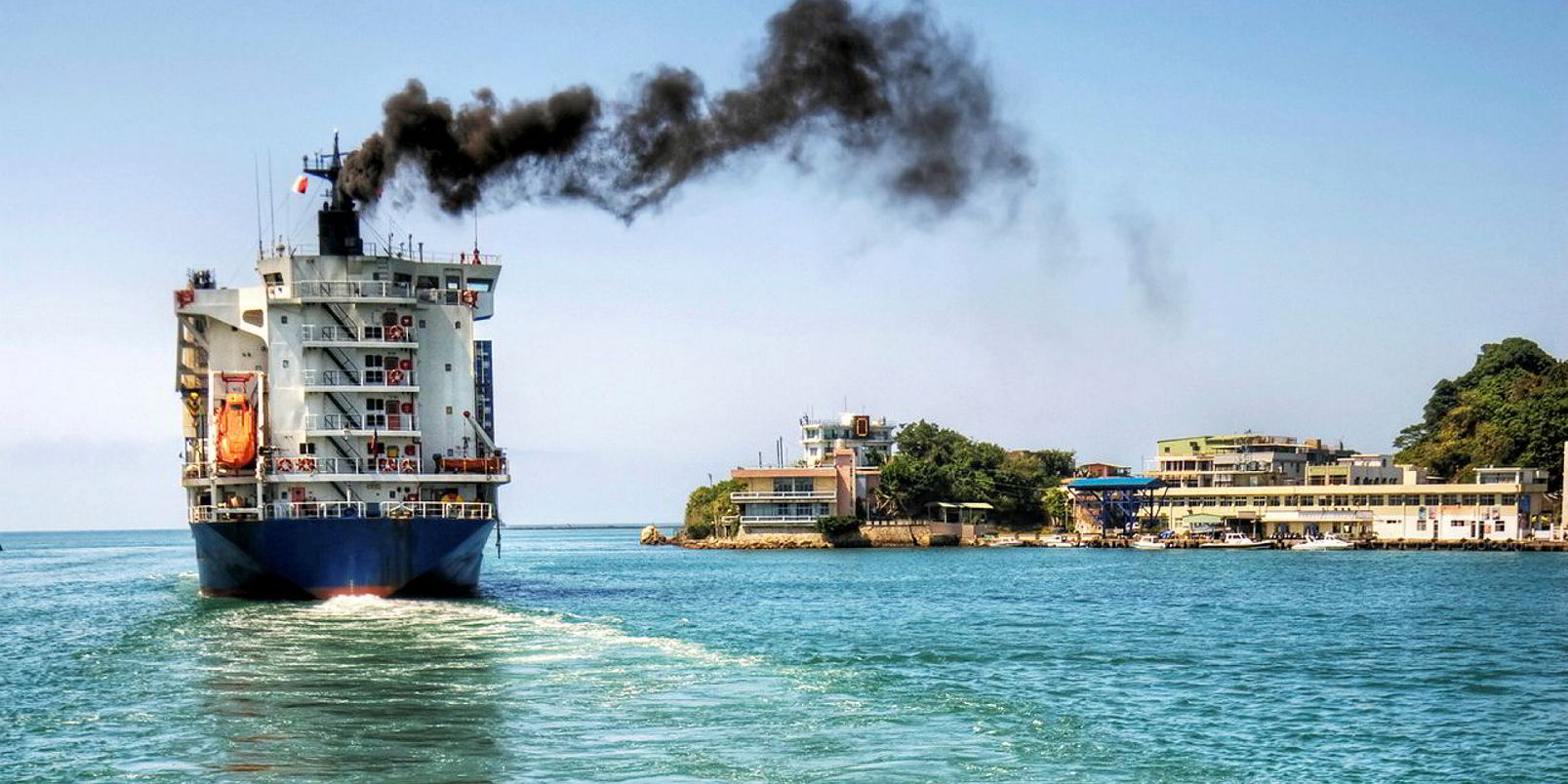The International Maritime Organisation (IMO) has now set a target for shipping on how it will reduce its carbon dioxide output. The roadmap for getting to that target remains fuzzy at best.
The IMO's agreement to limit greenhouse gas emissions does not have the near-term deadline that ballast water management and sulphur emissions have, so shipowners do not have sweat the details yet.
But the move to cap carbon dioxide output over the next 32 years does represent a sea change in naval architecture as a new array of zero-carbon fuels will have to be developed. Likewise, shipowners will have to be cognizant of a host of new measures aimed at limiting the amount of greenhouse gases emitted by shipping.
Carbon emissions an 'existential threat'
The IMO agreement aims to limit by 2050 the shipping industry's output of carbon dioxide, which has been blamed for creating increasingly variable weather patterns across the globe.
But nonetheless, shipping's carbon emissions are still expected to increase in absolute terms.
Current estimates show shipping contributes between 2% and 3% to global carbon emissions. UCL Energy Institute says the output will grow to 10% by 2050, even if shipping adheres to goals of the global agreement on limiting carbon output known as the Paris Climate Agreement.
But the limits of carbon dioxide emissions will have to start taking place well before 2050 in order to meet the deadline. UCL Energy says limits will start coming into force by 2023.
The 2023 deadline will "require rapid development of policy measures and deployment as soon as possible."
In the near future, shipowners or charterers could face paying for carbon offsets based on their estimated output.
The IMO says in its statement that "market-based mechanisms" could be one policy option that would prompt shipowners to reduce their carbon dioxide output and provide funding for research into alternative fuels.
Shipowners and operators are also going to be more cognizant of ship speeds and optimisation in the short-term as one strategy to reduce fuel use. The IMO has also recommended that shore power from renewable sources be considered as one method for reducing the carbon output from shipping.
In the long run, UCL says the IMO's CO2 target signals "a clear switch away from fossil fuels is now on the cards." UCL says that will mean alternative fuels, such as hydrogen, biofuels, electricity and even renewables will have to power future ship designs.
"If you are building a ship or planning to build a ship in the 2020s it will likely need to be able to switch to non-fossil fuels later in its life, a factor insurers and shipping financiers will need to consider in their business plans through the next decade," UCL said.




